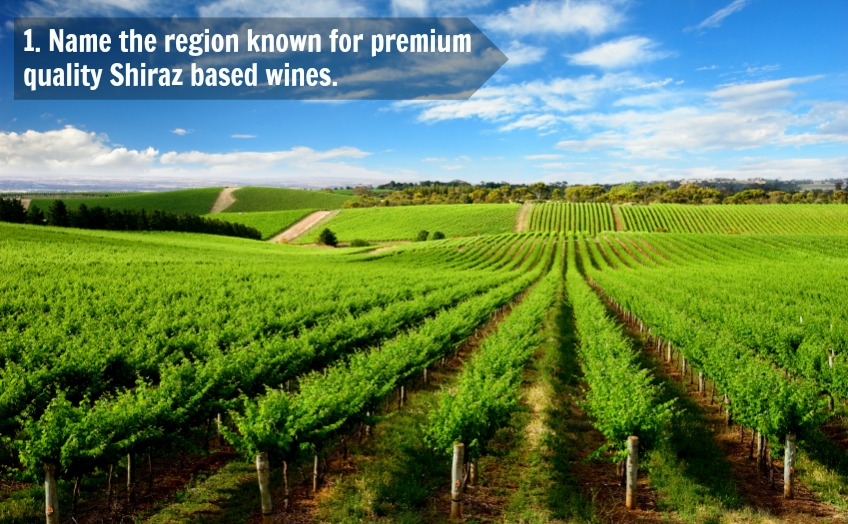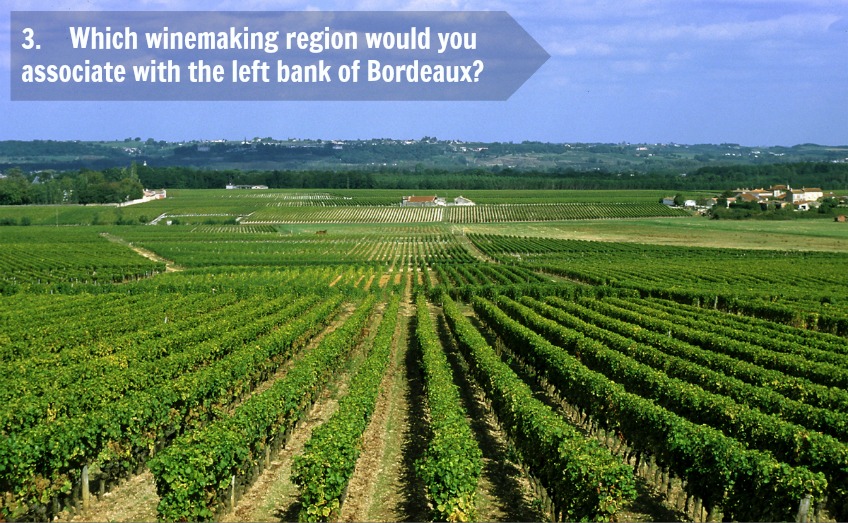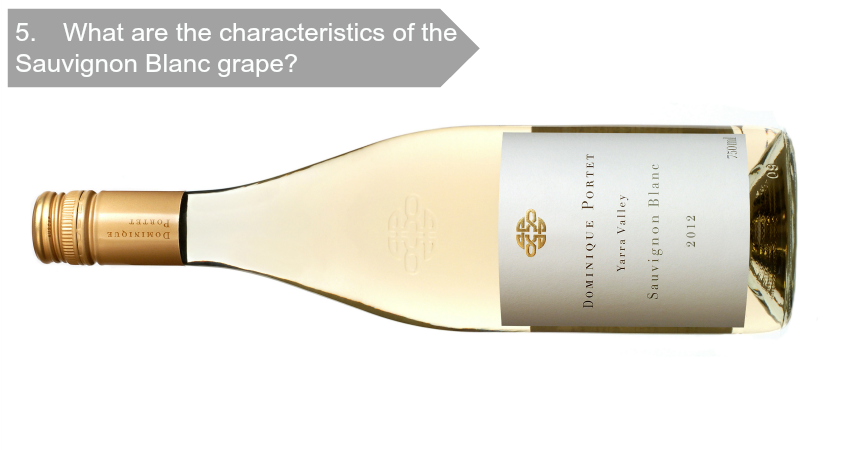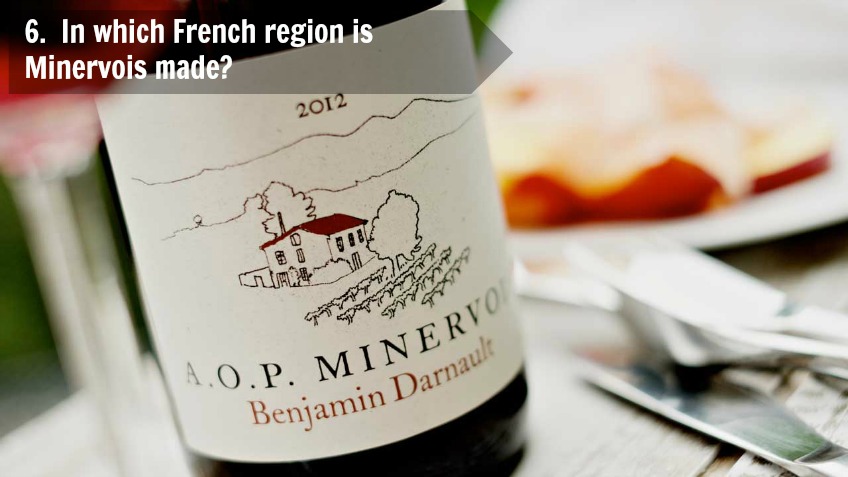Welcome to Winerist’s second wine knowledge quiz – this time it’s at an intermediate level!

Barossa Valley
Located in South Australia, Barossa Valley is now widely known for its premium Shiraz and large proportions are used in arguably Australia’s most famous winery: Penfold’s Grange.

Musty aromas
The term “corked wine” does not refer to little pieces of cork floating around in the wine but rather how the cork can taint the wine.


Cabernet Sauvignon
The left bank has been known for its Cabernet Sauvignon strong blends for centuries, although this is a very broad generalization. Wines typically produced in the left banks top chateaux are 70% Cabernet Sauvignon, 15% Cabernet Franc and 15% Merlot.

Grass, green fruits, sharp, rarely oaked.
The term “grassy aromas” are most associated with the Sauvignon Blanc grape. It is easily identified because of its sharp finish and delicate, fruity bouquet.

Languedoc
Western Languedoc has two important appellations: Minervois and Corbières. Minervois produces about 85% red wine and 12% is now rosé, typically based on various combinations of Syrah, Grenache and Mourvèdre with no more than 40% Carignan.

Cortese
Just south of Alessandria, the Cortese grape is produced to make the fashionably dry Gavi wines.

Plant nutrients
The vine needs water, nutrients as well as warmth. Temperature is obviously affected by the climate, whereas the water and nutrients depend on the soil type. For example certain soil types can naturally absorb more water than others.

Bordeaux
In 1855 Emperor Napoleon III requested a classification system for Bordeaux’s best wines. The term “Grand Cru Classé” translates to “Great Classified Growths” and is the top tier for Bordeaux wines.
Thank you for taking the quiz.
You score is with 0 out of questions.
Want to receive the latest quizzes?
Recommended reading for you
Are you sure you do not want to be signed up to our Newsletters?
If that was too easy, try our advanced quiz, or if that was too hard, try our easier quiz!
